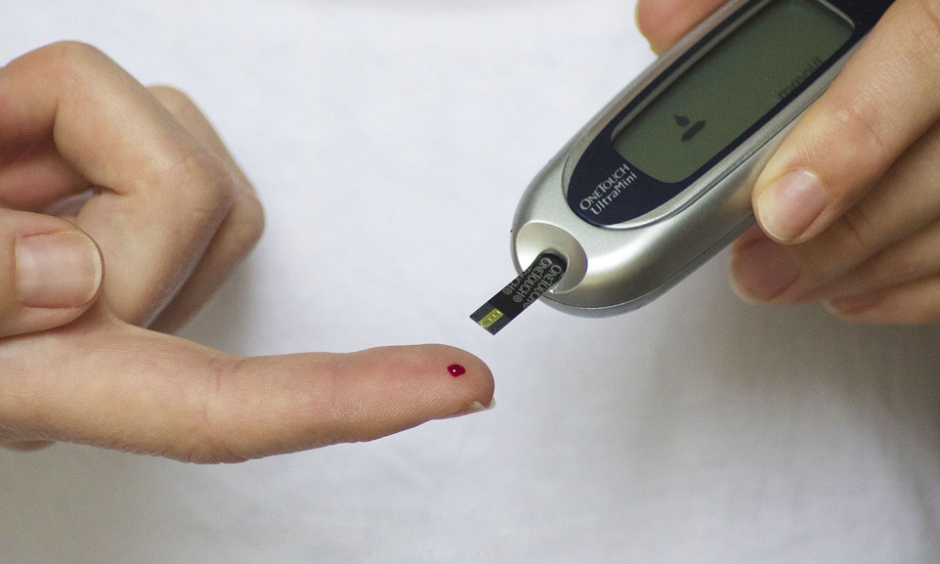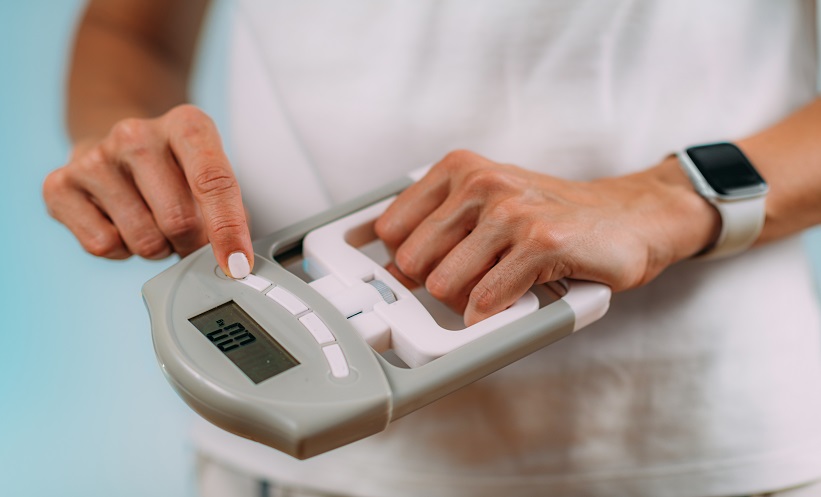INJECTIONS are a fact of life for the majority of patients with Type 1 diabetes mellitus. They are often associated with inconvenience, disruption to daily life, and difficulties in patient compliance, issues that are especially pertinent for those patients who have a phobia of needles. Insulin pumps offer a measure of alleviation for these problems but the desired therapeutic alternative to injection for many patients is the ability to receive insulin orally. According to one researcher, Mark Prausnitz, Georgia Institute of Technology, Atlanta, Georgia, USA: “It has been the holy grail of drug delivery to develop ways to give protein and peptide drugs like insulin by mouth, instead of injection.”
Administering insulin in pill form has proven a challenging goal to achieve because the hormone rapidly deteriorates upon contact with gastric acid. Until now, researchers have struggled to formulate a pill coating that would enable insulin to travel through the digestive system and into the bloodstream without being broken down; however, the results of a recent study suggest that a breakthrough may be on the horizon.
Researchers have developed a pill whereby insulin is inserted into an ionic liquid containing choline and geranic acid that is encompassed by an enteric coating. This pill will facilitate the delivery of insulin to the bloodstream by resisting digestive enzymes. The study’s senior author, Prof Samir Mitragotri, Harvard John A. Paulson School of Engineering and Applied Sciences, Cambridge, Massachusetts, USA, used an analogy to explain the pill, commenting: “Our approach is like a Swiss Army knife, where one pill has tools for addressing each of the obstacles that are encountered.”
This pill has been tested in rats and was found to be effective: delivery of 10 U/kg insulin contained within the ionic liquid inside an enterically coated pill was found to result in a sustained decrease in blood glucose of up to 45%. Despite the complex coating, the pill was reported to be easy and cost-effective to manufacture. Furthermore, it can be safely stored for up to 2 months at room temperature and at least 4 months when refrigerated. Moving forward, the next stage in the research process will be to conduct additional studies using animal models to confirm that this pill is fully safe.







